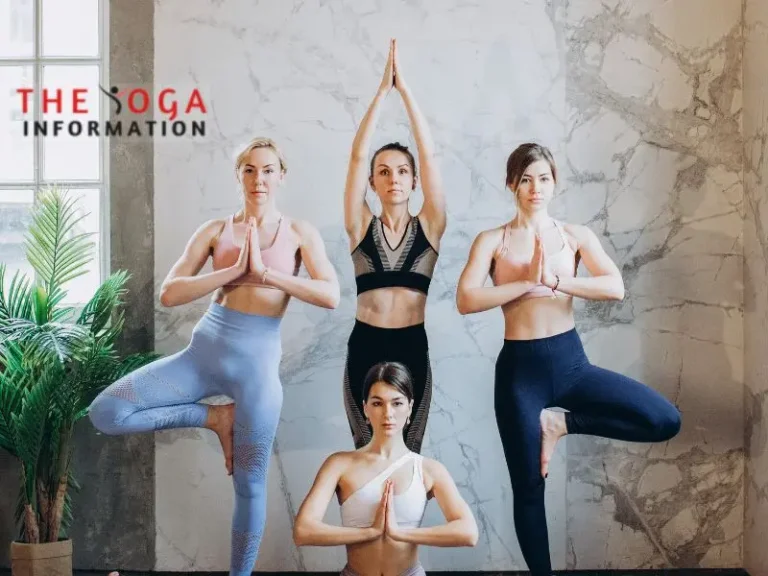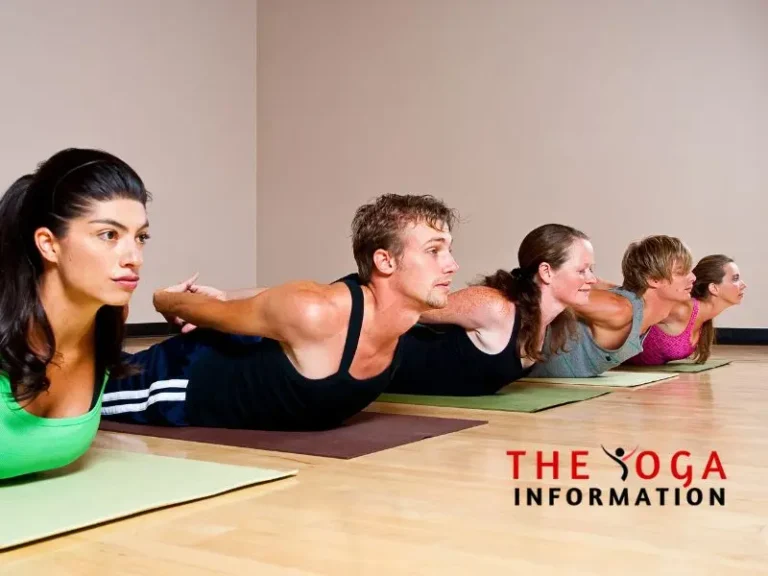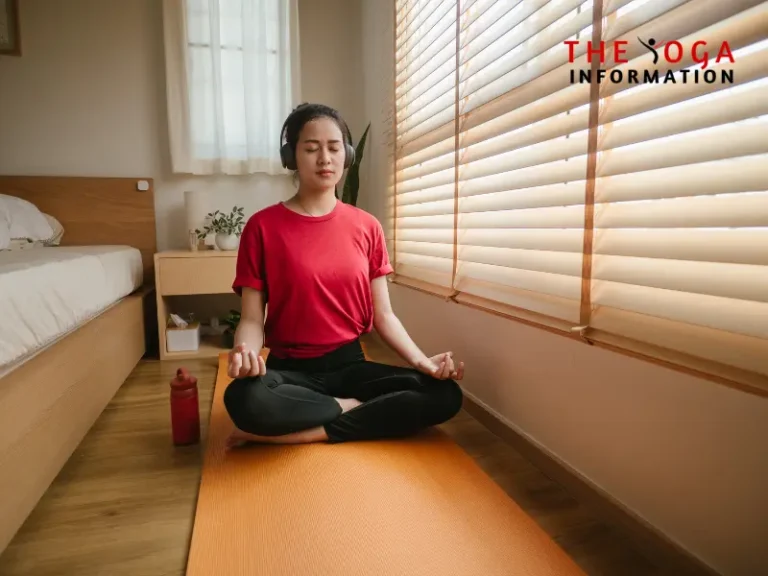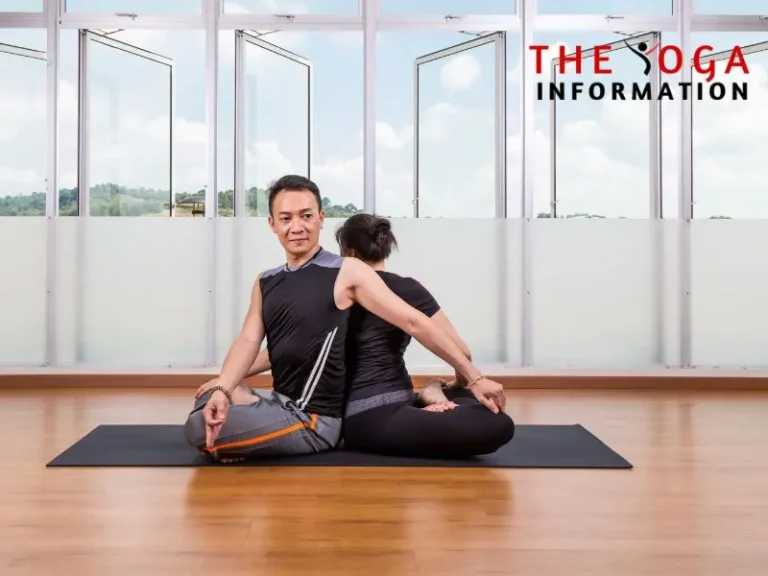Introduction
Anxiety is a prevalent issue in modern society, affecting millions of people worldwide. It can manifest in various ways, including chronic worry, panic attacks, and physical symptoms like muscle tension and headaches. Managing anxiety effectively is crucial for maintaining overall well-being. One holistic approach that has gained popularity for its numerous benefits is yoga. This article will explore how yoga can help you conquer anxiety through various techniques and the profound benefits it offers.
Understanding Anxiety
Anxiety is a natural response to stress, but when it becomes excessive, it can interfere with daily life. Common symptoms include restlessness, increased heart rate, difficulty concentrating, and insomnia. Anxiety affects both mental and physical health, often leading to a vicious cycle where mental stress exacerbates physical symptoms, and vice versa. Understanding the connection between the mind and body is essential for managing anxiety effectively.
The Science Behind Yoga and Anxiety Relief
Yoga’s impact on the nervous system is a key reason it is effective for anxiety relief. By promoting relaxation and reducing the body’s stress response, yoga helps regulate the autonomic nervous system. Studies have shown that yoga can lower cortisol levels (a stress hormone), enhance GABA (a neurotransmitter that promotes calmness), and improve overall mental health.
Yoga combines breathwork, meditation, and physical postures to create a holistic approach to anxiety relief. Each element plays a crucial role in reducing anxiety:
- Breathwork (Pranayama): Breath control techniques help calm the mind and reduce stress.
- Meditation and Mindfulness: These practices promote a sense of presence and reduce rumination.
- Physical Postures (Asanas): Yoga poses help release physical tension and improve mood.
Yoga Techniques for Anxiety Relief
Breathwork (Pranayama)
Pranayama, or breath control, is a fundamental aspect of yoga that can significantly reduce anxiety. By focusing on the breath, you can calm the nervous system and promote relaxation.
- Deep Belly Breathing: Sit or lie down comfortably. Place one hand on your belly and take a slow, deep breath in through your nose, allowing your belly to rise. Exhale slowly through your mouth, letting your belly fall. Repeat for several minutes.
- Alternate Nostril Breathing: Sit comfortably with your spine straight. Use your right thumb to close your right nostril and inhale deeply through your left nostril. Close your left nostril with your ring finger and exhale through your right nostril. Continue this pattern, alternating nostrils with each breath.
- Ujjayi Breath: Also known as “ocean breath,” this technique involves slightly constricting the back of your throat as you breathe in and out through your nose, creating a gentle hissing sound. This breath helps increase focus and relaxation.
Meditation and Mindfulness
Meditation and mindfulness practices are powerful tools for managing anxiety. They help quiet the mind, increase awareness, and promote a sense of calm.
- Mindfulness Meditation: Find a quiet space to sit comfortably. Close your eyes and focus on your breath. Notice the sensation of the air entering and leaving your nostrils. When your mind wanders, gently bring your focus back to your breath.
- Guided Meditation: Use a meditation app or online resource to follow a guided meditation. These sessions often include calming instructions and visualization techniques to help reduce anxiety.
Physical Postures (Asanas)
Yoga poses, or asanas, help release physical tension and promote relaxation. Here are a few poses particularly beneficial for anxiety:
- Child’s Pose (Balasana): Kneel on the floor, sit back on your heels, and stretch your arms forward, resting your forehead on the ground. This pose calms the mind and relieves tension.
- Cat-Cow Pose (Marjaryasana-Bitilasana): Start on all fours, with your wrists under your shoulders and knees under your hips. Inhale as you arch your back (Cow Pose), and exhale as you round your spine (Cat Pose). This gentle flow relieves stress and improves spinal flexibility.
- Forward Fold (Uttanasana): Stand with your feet hip-width apart and hinge forward at your hips, letting your head and arms hang. This pose calms the nervous system and stretches the back of your body.
- Legs-Up-The-Wall Pose (Viparita Karani): Sit sideways next to a wall and swing your legs up as you lie back. This restorative pose reduces stress and promotes relaxation.
Creating a Personalized Yoga Routine
Establishing a regular yoga practice is key to experiencing its anxiety-relieving benefits. Here are some tips for creating a personalized routine:
- Set a Schedule: Choose a specific time each day for your yoga practice. Consistency is crucial for building a habit.
- Create a Calm Environment: Designate a quiet space for your practice. Use candles, incense, or calming music to enhance the atmosphere.
- Listen to Your Body: Pay attention to how your body feels during practice. Modify poses as needed and avoid pushing yourself too hard.
- Integrate Yoga into Daily Life: Incorporate yoga principles, such as mindful breathing and posture awareness, into your daily activities.
Additional Benefits of Yoga for Anxiety
Beyond anxiety relief, yoga offers numerous additional benefits:
- Improved Sleep Quality: Regular yoga practice can help regulate sleep patterns and improve overall sleep quality.
- Enhanced Mood and Emotional Regulation: Yoga promotes the release of endorphins, which enhance mood and help regulate emotions.
- Increased Self-Awareness and Self-Compassion: Yoga encourages introspection and self-acceptance, fostering a positive relationship with oneself.
- Better Stress Management and Resilience: Yoga equips you with tools to manage stress more effectively and build resilience to life’s challenges.
Real-Life Success Stories
Hearing from individuals who have successfully used yoga to manage their anxiety can be inspiring and motivating:
- Testimonial from Sarah: “Before starting yoga, my anxiety was overwhelming. Yoga has given me the tools to manage my stress and find a sense of calm. The combination of breathwork and meditation has been life-changing.”
- Case Study – John: “As a busy professional, I struggled with anxiety and burnout. Incorporating yoga into my daily routine has helped me stay grounded and focused. The physical postures release tension, and the mindfulness practices keep my mind at ease.”
Practical Tips for Getting Started
Starting a yoga practice can be daunting, but these tips can help:
- Beginner-Friendly Resources: Look for beginner-friendly yoga classes, either in-person or online. Many apps and websites offer guided sessions specifically for beginners.
- Essential Equipment: Invest in a good quality yoga mat and consider props like blocks, straps, and bolsters to support your practice.
- Create a Calming Environment: Set up a dedicated space for your practice. Keep it tidy and free from distractions to enhance your focus.
Overcoming Common Challenges
Common obstacles to a regular yoga practice include lack of time, motivation, and physical limitations. Here are some strategies to overcome these challenges:
- Time Management: Schedule your yoga sessions like any other important activity. Even short, daily practices can be beneficial.
- Stay Motivated: Remind yourself of the benefits of yoga and set small, achievable goals. Join a community or find a practice buddy to keep you accountable.
- Adapt to Your Needs: Modify poses to suit your body’s abilities and limitations. Remember that yoga is a personal journey, and progress looks different for everyone.
Conclusion
Yoga offers a powerful, holistic approach to managing anxiety. By incorporating breathwork, meditation, and physical postures into your routine, you can experience profound benefits for both your mind and body. Whether you’re a beginner or an experienced practitioner, the techniques and tips discussed in this article can help you harness the power of yoga to conquer anxiety. Start your journey today and discover the calming, transformative effects of yoga.



